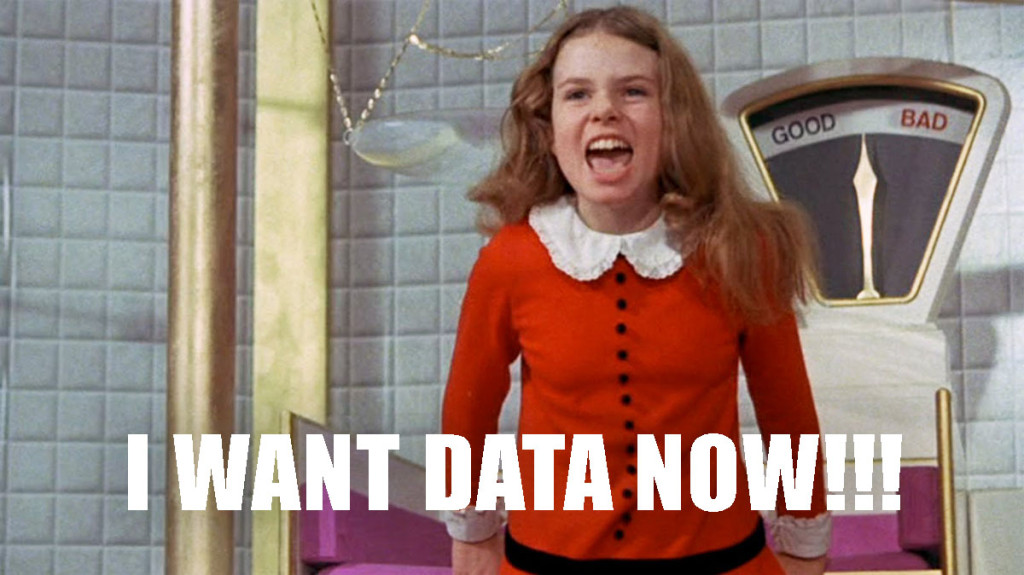
SAVING DATA: MY OWN EXPERIENCE
Every internet service provider rations the amount of data each customer can use per month at the standard speed. If you break your data cap, your download speeds will be cut drastically. Knowing how frustrating this can be, you can benefit from learning how to economize on data without hampering function.
You might find it helpful to know my own experience with data caps, and with my efforts to get the most out of my data allotment.
Needing to research a high volume of material, and being pressed for time, I use Google Chrome for browsing. Chrome is faster than competing browsers, but it comes with a significant drawback: it consumes more data. I needed to find ways to get the most out of what I had.
My data saving program began with disabling auto-play video. Not only is such video advertising annoying, it eats a huge amount of data.
First, I disabled Adobe Flash, which most- though not all- auto-play ads run on. This required opening my computer’s control panel and hitting the ‘settings’ tab. From there, I scrolled scroll down to the ‘advanced settings’ tab at the bottom of the ‘settings’ window. On the second page of ‘advanced settings’, I found the ‘privacy’ tab. Under ‘privacy’ I found the ‘plug-ins’ tab. One of the options there is ‘manage individual exceptions’. Hitting this tab revealed a list of several optional apps, and Adobe Flash was the last one listed. I hit ‘disable’ for Flash.
Disabling Adobe Flash doesn’t mean you can never use it again. If you want to watch a video that requires Flash, you can enable it as needed, then disable it again when you’re finished.
If you’re a typical web-surfer, disabling auto-play video and audio should reduce your data consumption by about 20%.
My second major step in saving data was enabling Chrome’s data saver extension. This app compresses picture, video, and sound files.
After hearing about the data saver extension, I looked it up through the browser. It told me the extension was available through the Chrome Web Store. Visiting the store, and searching under ‘apps’, I brought up ‘extensions’. ‘Data Saver’ was the first extension listed. I chose the ‘download’ option.
Downloading the Chrome Data Saver extension takes only a few seconds. If you want to disable it later, you can easily do so.
Google says that use of this extension will reduce data consumption by up to 70% on some devices. In my own experience, it actually averages 15% to 20%. Every bit adds up, though.
Other browsers feature their own data saving extensions and means to disable auto-play video. The procedures for them may differ slightly from the Chrome process, but they follow the same general outline.
There are other means of saving data. You can, for example, limit the number of tabs you keep open at a time. Downloading your data saver extension and disabling auto-play video will produce the bulk of your saving, though.

